Stepping into the world of gardening can be a rewarding journey, filled with vibrant blooms and lush greenery. Whether you’re a novice eager to cultivate your first patch of paradise or a seasoned gardener looking to simplify your routine, embracing low-maintenance plants can transform your garden into a stunning yet stress-free sanctuary.
The beauty of low-maintenance plants lies in their ability to thrive with minimal fuss, making them ideal companions for those with busy lives or limited experience. These resilient beauties can bring color and life to your outdoor spaces, all while teaching you the foundational joys of gardening without overwhelming demands.
In this article, you’ll discover a curated selection of gorgeous plants that require little more than a touch of sunlight and an occasional splash of water. We’ll guide you through the characteristics that make these plants so effortlessly delightful, ensuring that your gardening experience is as enjoyable as it is successful.
Understanding Low-Maintenance Plant Basics
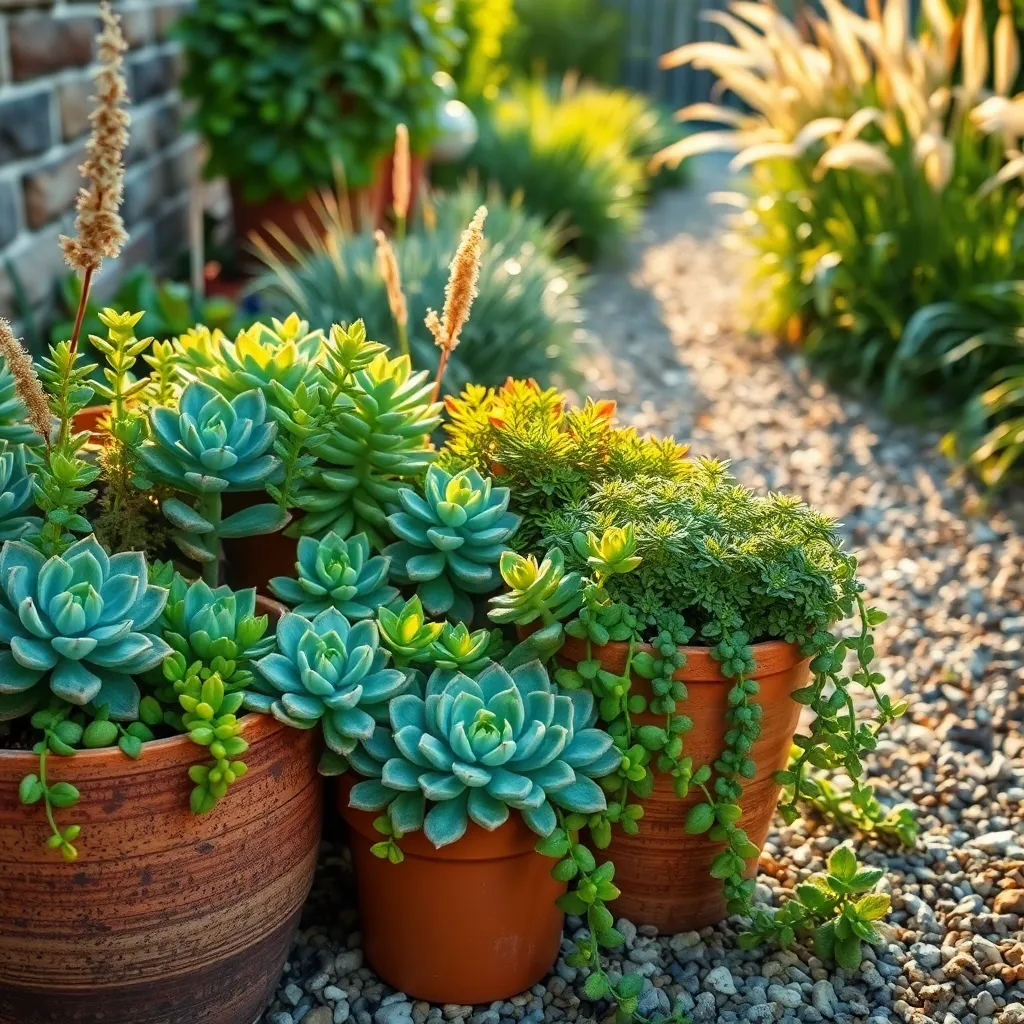
When starting with low-maintenance plants, it’s important to choose species that thrive in a variety of conditions. Opt for plants that require minimal watering and can tolerate different light levels to ensure they remain healthy with less effort.
Begin with selecting the right soil, as this is crucial for plant health. Use a well-draining potting mix to prevent root rot, which is a common issue with overwatering.
For watering, establish a routine that fits the plant’s needs, typically once a week for most low-maintenance varieties. Check the soil moisture before watering by inserting your finger an inch deep; if it feels dry, it’s time to water.
Incorporate mulch around your plants to help retain moisture and reduce weed growth. This simple step can significantly cut down on maintenance time, allowing you to enjoy your garden more.
Many low-maintenance plants are also pest-resistant, reducing the need for constant vigilance. Consider species like lavender or succulents, which naturally deter pests and require minimal care.
To encourage healthy growth, fertilize sparingly with a balanced, slow-release fertilizer. Applying this once in early spring can provide nutrients throughout the growing season without overwhelming your plants.
Top Beginner-Friendly Plant Varieties
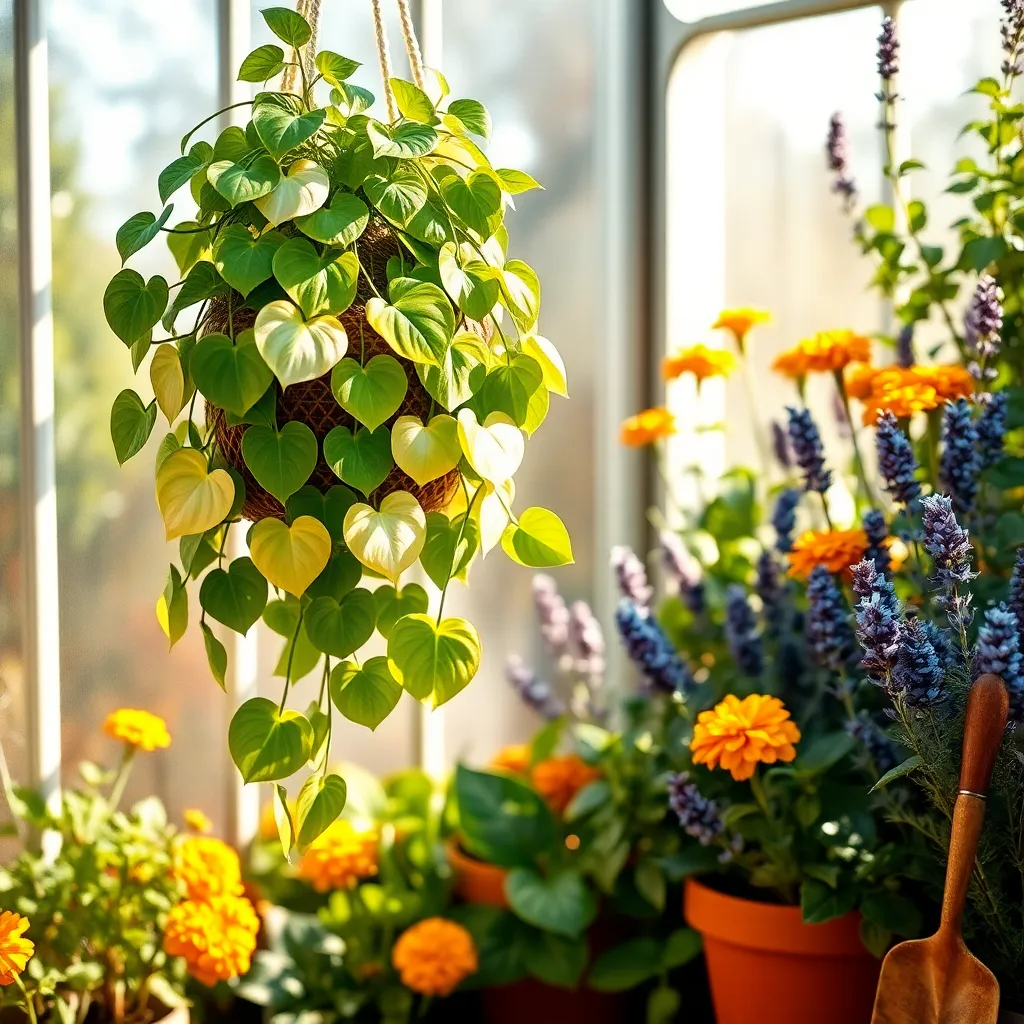
Starting your gardening journey with beginner-friendly plants can make the experience both rewarding and stress-free. Succulents are an excellent choice for beginners, as they require minimal watering and thrive in well-drained soil conditions. Ensure they receive plenty of indirect sunlight, and water them only when the soil is completely dry to the touch. This simple care routine helps prevent overwatering, which is the most common issue with these resilient plants.
Another great option for novice gardeners is the snake plant, known for its air-purifying properties and hardiness. It can tolerate low light levels but flourishes with indirect sunlight and minimal water. Consider using a free-draining potting mix specifically designed for indoor plants to ensure optimal growth. Snake plants are forgiving, making them perfect for those who may forget an occasional watering session.
For those interested in flowering plants, marigolds offer vibrant colors with little maintenance. They thrive in direct sunlight and need well-drained soil, making them ideal for garden beds or containers. Regular deadheading of spent flowers encourages new blooms, providing a continuous display throughout the growing season. Marigolds also deter pests, adding an extra layer of protection to your garden.
Incorporating herbs like basil into your garden not only enhances your cooking but also introduces you to the joys of plant care. Basil prefers sunny spots and rich, moist soil that drains well. Pinching off the top leaves encourages bushy growth and prevents the plant from flowering too early. This simple action extends the harvesting period, allowing you to enjoy fresh basil for longer.
Simple Plant Care Tips for Starters
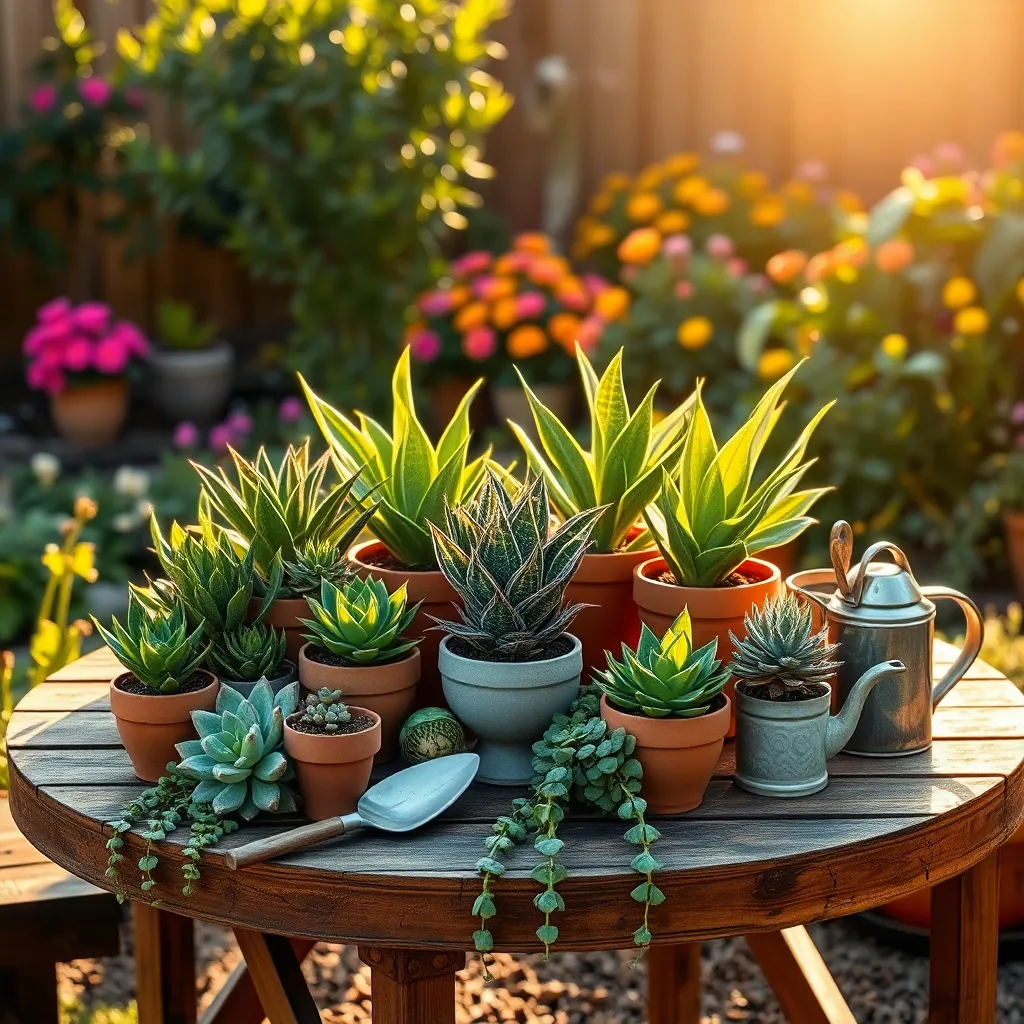
Getting started with plant care can be simple and rewarding when you know the basics. Understanding your plant’s specific needs is crucial for success. Begin by choosing the right soil for your plants, as this can make a significant difference in their health. For most beginner-friendly plants, a well-draining potting mix is ideal. This ensures that roots have access to both moisture and oxygen.
Watering your plants correctly is another fundamental aspect of care. Overwatering is a common mistake that can lead to root rot. To avoid this, let the top inch of soil dry out between waterings. Using your finger to check soil moisture is a simple and effective method. Additionally, try to water in the morning to allow leaves to dry during the day, reducing the risk of fungal diseases.
Proper lighting is essential for plant growth and vitality. Observe your plant’s light requirements, as placing a sun-loving plant in a shady spot can stunt its growth. Conversely, low-light plants may suffer in direct sunlight. A good rule of thumb is to position plants near a window with filtered light, like behind sheer curtains. This setup mimics their natural environment, promoting healthy growth.
Fertilizing your plants can give them a much-needed boost, especially during the growing season. Use a balanced, water-soluble fertilizer every few weeks to keep nutrients replenished. Be cautious not to over-fertilize, as this can burn the roots and damage the plant. It’s always better to under-fertilize than to overdo it. A little research into your specific plant’s preferences can guide you to the best fertilizer choice.
Ideal Placement for Easy Growth
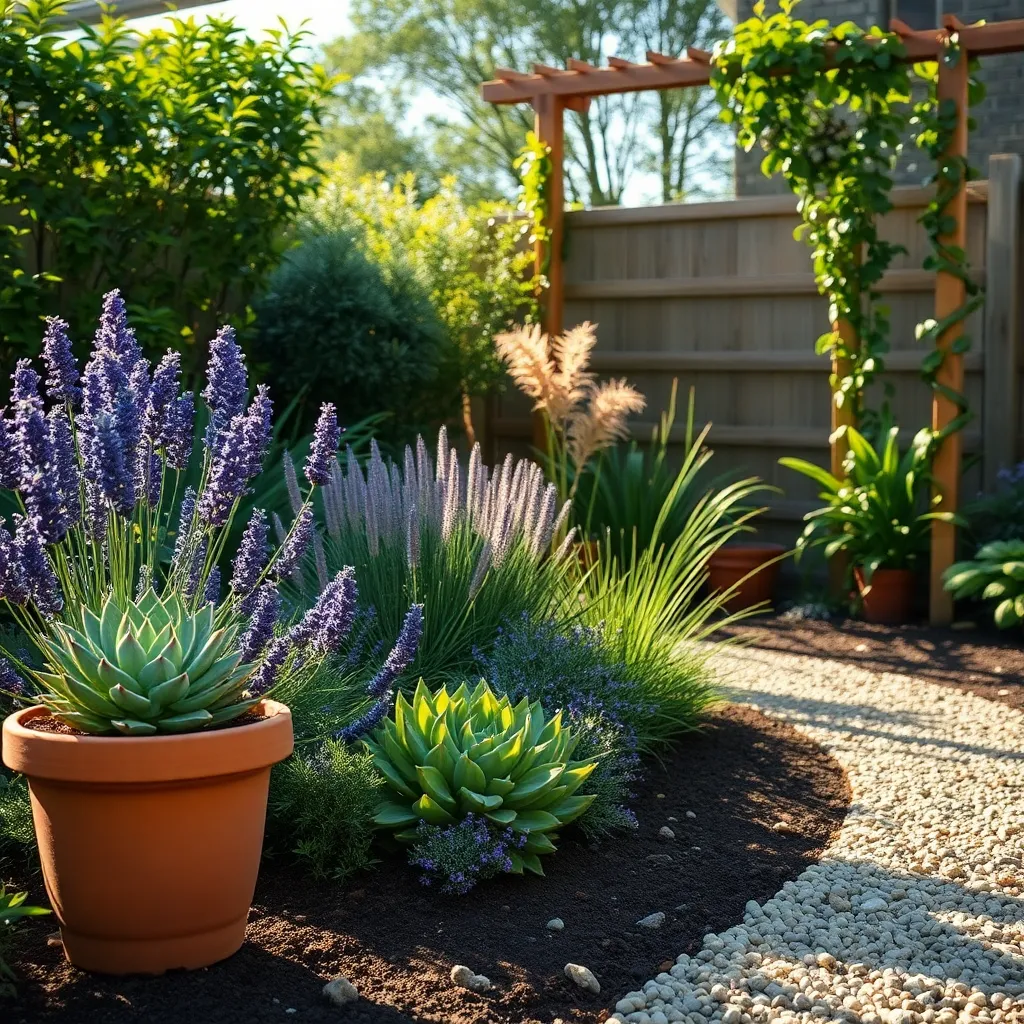
When choosing a spot for your plants, consider their sunlight requirements carefully. Most low-maintenance plants thrive in indirect sunlight, making them perfect for indoor placement near bright windows.
For outdoor plants, observe your garden to identify areas that receive morning sun and afternoon shade. This balance is ideal for plants like ferns and hostas, which prefer protection from harsh sunlight.
Ensure you plant in well-draining soil to prevent root rot, a common issue for beginners. A simple mix of potting soil and perlite can enhance drainage and provide the right environment for many low-maintenance species.
Watering is another key factor, and it’s crucial to establish a regular schedule. Most hardy indoor plants only require watering once a week, while outdoor plants might need more frequent attention depending on rainfall.
For those looking to add a touch of color with minimal effort, succulents and cacti are excellent choices. Place them in a sunny spot and water sparingly, allowing the soil to dry completely between waterings for optimal growth.
Troubleshooting Common Beginner Issues
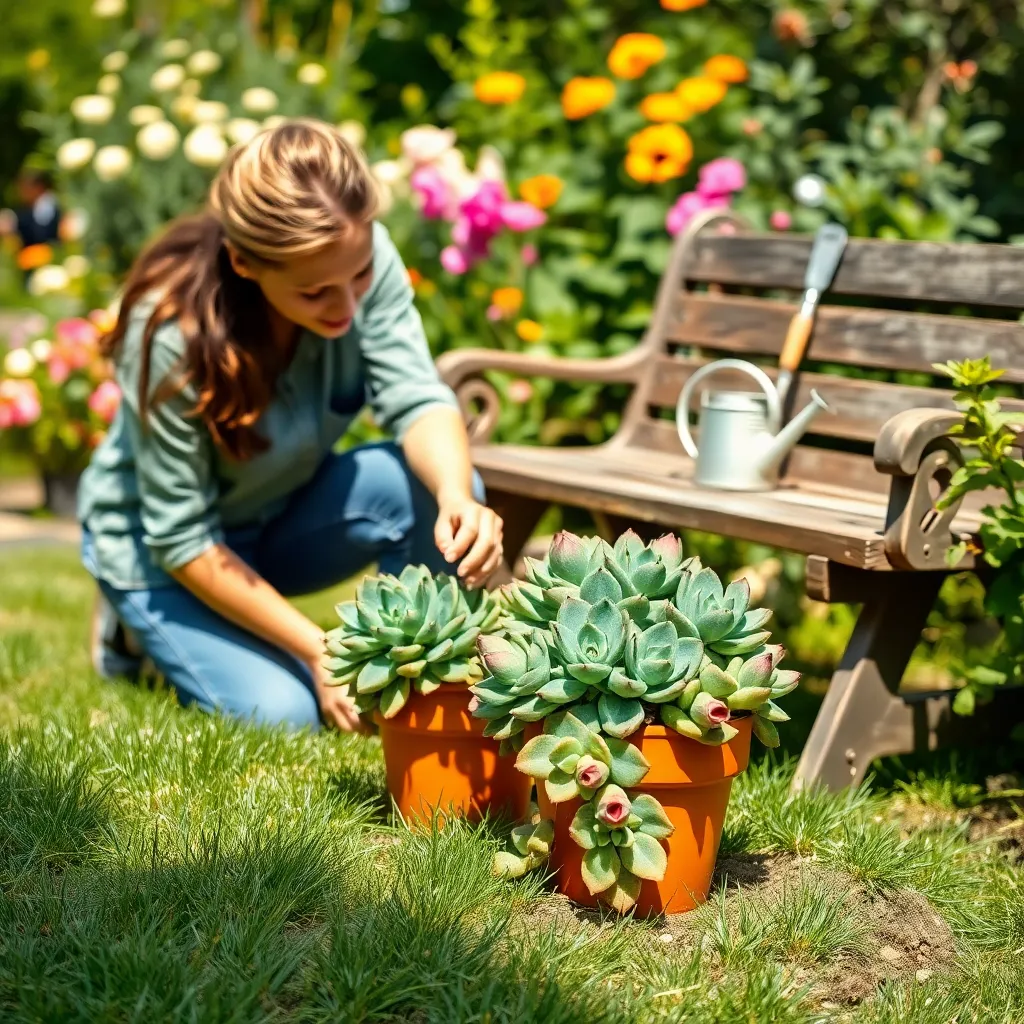
New gardeners often find themselves overwatering their plants, which can lead to root rot. To prevent this, always check the top inch of soil; if it’s dry, it’s time to water, otherwise, wait a day or two.
Another common issue is poor soil quality, which can stunt plant growth. Beginners should consider using a well-draining potting mix enriched with organic matter to ensure plants receive adequate nutrients and drainage.
It’s easy to overlook the importance of light, yet it’s crucial for plant health. Beginners should observe their plants regularly and adjust their placement to ensure they receive the appropriate amount of sunlight, whether full sun or partial shade, as needed by the species.
Sometimes pests can become a problem even with low-maintenance plants. Inspect your plants weekly for signs of pests like aphids or spider mites, and consider using natural pest control methods, such as neem oil, to keep them at bay.
Conclusion: Growing Success with These Plants
In nurturing relationships, much like tending to a garden, simplicity and consistency often yield the most rewarding outcomes. In our journey through ‘Gorgeous Low-Maintenance Plants for Beginners’, we’ve explored five foundational concepts that mirror the essentials of flourishing partnerships: the importance of choosing compatible companions, the benefits of steady and gentle care, the power of patience, the significance of creating a nurturing environment, and the joy found in shared growth. Each concept serves as a gentle reminder that thriving relationships, like resilient plants, require mindful attention and care.
As a next step, consider selecting one plant and one relationship concept to focus on this week. Whether it’s practicing patience or fostering compatibility, small, intentional actions can lead to profound growth.
To ensure these insights remain at your fingertips, we encourage you to bookmark this article. By doing so, you’ll have a resourceful guide ready to support you in nurturing both your garden and your relationships.
Remember, the seeds of today’s efforts are the blooms of tomorrow’s successes. With the right care and attention, your relationships can thrive beautifully. Embrace this journey with confidence and watch your connections blossom.

